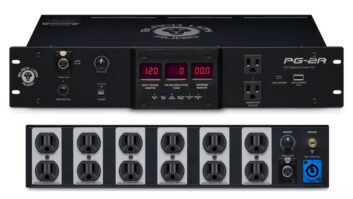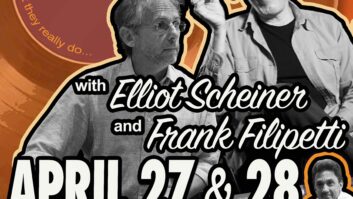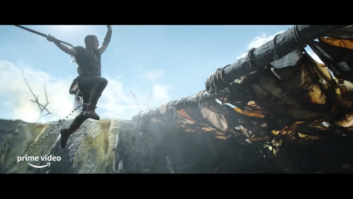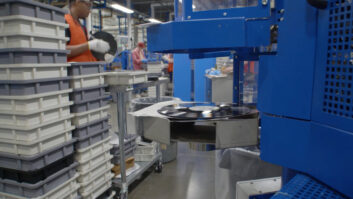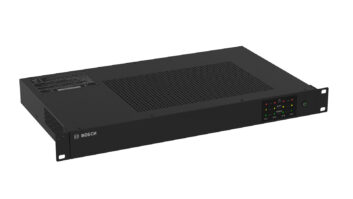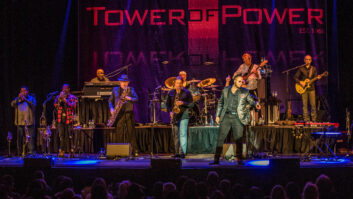photo: Steve Gullick
During the past few years, Cat Power, aka Chan (pronounced like “Sean”) Marshall, has developed a large fan base through her stark, poetic, emotionally charged indie rock songs and her famously raw and unpredictable (some would say, erratic) live performances. She’s been on the cover of everything, it seems, and appears to be poised for a major commercial breakthrough after years on the fringe. Still, even significant commercial success and media attention have done little to sway her seemingly low opinion of herself; if anything, it has made her somewhat reclusive and reluctant to do interviews. Just the same, the Atlanta-born singer, who started creating a national buzz in the mid-’90s, is always looking for new vistas.
Cat Power’s latest CD is titled, perhaps ironically, The Greatest, and it represents another departure for Marshall, following her moody 2003 release You Are Free (featuring the Foo Fighters’ Dave Grohl and Pearl Jam’s Eddie Vedder on several tracks) and The Covers Record (2000), which found her tackling songs by the Rolling Stones, Velvet Underground, Bob Dylan, Moby Grape and others. Asked by Matador Records executives what her dream CD would be, Marshall responded, “I want to make a record with Otis Redding’s band.” That, of course, was going to be next to impossible to pull off, so she went for the next best thing: She used many of the same Hi Records musicians who worked with Memphis R&B/gospel icon Reverend Al Green and decided to record them where Marshall’s first Matador album was done — the renowned Easley-McCain Studio in Memphis. Unfortunately, the landmark facility burned down in March 2005.
Stuart Sikes, a Dallas native who started as an intern at the famed studio and came up the ranks, was chosen to produce and engineer The Greatest. Marshall was already comfortable with him — he’d assisted on her 1996 album, What Would the Community Think — but more recently, he’d done impressive work with the White Stripes, Loretta Lynn’s Grammy-winning Van Lear Rose and other recordings Marshall loved. “Chan threw out the idea [of doing a Memphis album], and the record company ran with it,” Sikes says from his home studio in Dallas. “But it was myself and mostly Robert Gordon [documentary filmmaker and author of It Came From Memphis and Can’t Be Satisfied: The Life and Times of Muddy Waters] who got the players.”
The sessions were quickly organized, taking place just three weeks after the initial conceptualization. Sikes only talked with Marshall a few times by phone beforehand and had dinner with her the night before the first sessions. Because of Easley-McCain’s demise, he chose another famous Memphis facility, Ardent Studios. “It’s a pretty amazing place,” Sikes says. “We knew it would be easy to work there, and they made all those great Big Star records,” as well as albums with R.E.M., Dave Matthews, Al Green, Isaac Hayes, B.B. King, Stevie Ray Vaughan, Bob Dylan and others.
In addition to his technical prowess, Sikes has a reputation for being able to get fidgety bands and artists to relax, and that was an important aspect of this project because The Greatest is so different from anything Marshall had previously done. “Mainly, it was getting her comfortable playing with the people on the record,” says Sikes. “She was pretty nervous and — although there isn’t any need to be — is not as confident in herself as she should be. Also, Chan can be very critical of herself. Since she plays solo a lot, she has a completely different style and came in [the sessions] playing the songs by herself. So a big part of the process was getting her used to how [the songs] sound played by a band, especially with a bassist, drummer and structured time.” In this case, the band of Memphis pros included guitarists Mabon “Teenie” Hodges and Doug Easley, drummer Steve Potts, bassists Larry “Flick” Hodges and Dave Smith, keyboardist Rick Steff, saxophonist Jim Spake, trumpeter Scott Thompson and a three-piece string section.
Once the arrangements were set, the sessions, in late May 2005, went smoothly. The group and Marshall tracked live to tape in Ardent’s Studio A through a Neve VR, with no more than three takes of each tune. Marshall likes to work fast and typically isn’t inclined to spend a lot time fussing over tracks. Including various overdubs, everything was completed in a little more than a week.
Marshall sang into a Shure SM58 with very little compression or EQ, but with some tape slapback. Sikes was initially concerned that having her in the same room with the band would create bleed issues, but that ended up not being the case. “That was another thing about the guys Chan had on the CD,” Sikes says. “They were so good and have played with so many different people. They sensed her [quiet] style and knew to back off, so as not to overpower her. Initially, she wanted to play solo and have the band play to her [pre-recorded tracks]. But that sounded harder than doing everything live, and basically they adapted to each other. By the end of the first day, she was a lot more comfortable with them. Steve [Potts] often used brushes, along with Flick [Hodges] and Dave [Smith] falling in with him for really nice bass. That wasn’t a difficult part, even though she hasn’t had bass on records too much in the past. All those guys were pros. Everyone was also seeming to have a good time, drinking whiskey and making her feel comfortable, which made the project a lot easier and more enjoyable for her.”
Everything recorded to tape was transferred to Pro Tools|HD, and some of the overdubs were done directly to that format. Mixing was on the Neve-VR during about eight days in August 2005. Compared to many projects created these days, The Greatest was rather minimal, track-wise: No song required more than 24 tracks. And because Sikes didn’t use much processing during the mix, he says the rough mixes and finished mixes are significantly different. This, too, is in keeping with Marshall’s aesthetic. And though not technical herself, Marshall was around for most of the mixes and did offer comments and suggestions. “She had ultimate say in the final mix,” Sikes comments. “I would get it to a point, then she would listen.” After the Ardent mixing sessions, Sikes took the Pro Tools files back to his Dallas studio and to a local facility called Bass Propulsion Lab for a few final tweaks, which were then sent to Marshall for her approval.
In the final analysis, the engineer/producer was quite happy with the final product, particularly the title track, “Lived in Bars” and “Love & Communication.” Marshall must like the CD, too, as she initially scheduled a 2006 tour backed by some of the Hi Records veterans, many of whom are now in their 60s. Though that tour fell through, she does have plans to play two of the biggest music festivals with that group: Coachella and Bonnaroo.
Sikes believes Marshall’s growing fan base will embrace her latest change — and they should prepare for more up the road. “Someone who liked her from a long time ago might say, ‘I can’t believe you’ve changed so much.’ But she’s a lot older now and wants to do all kinds of things.”

